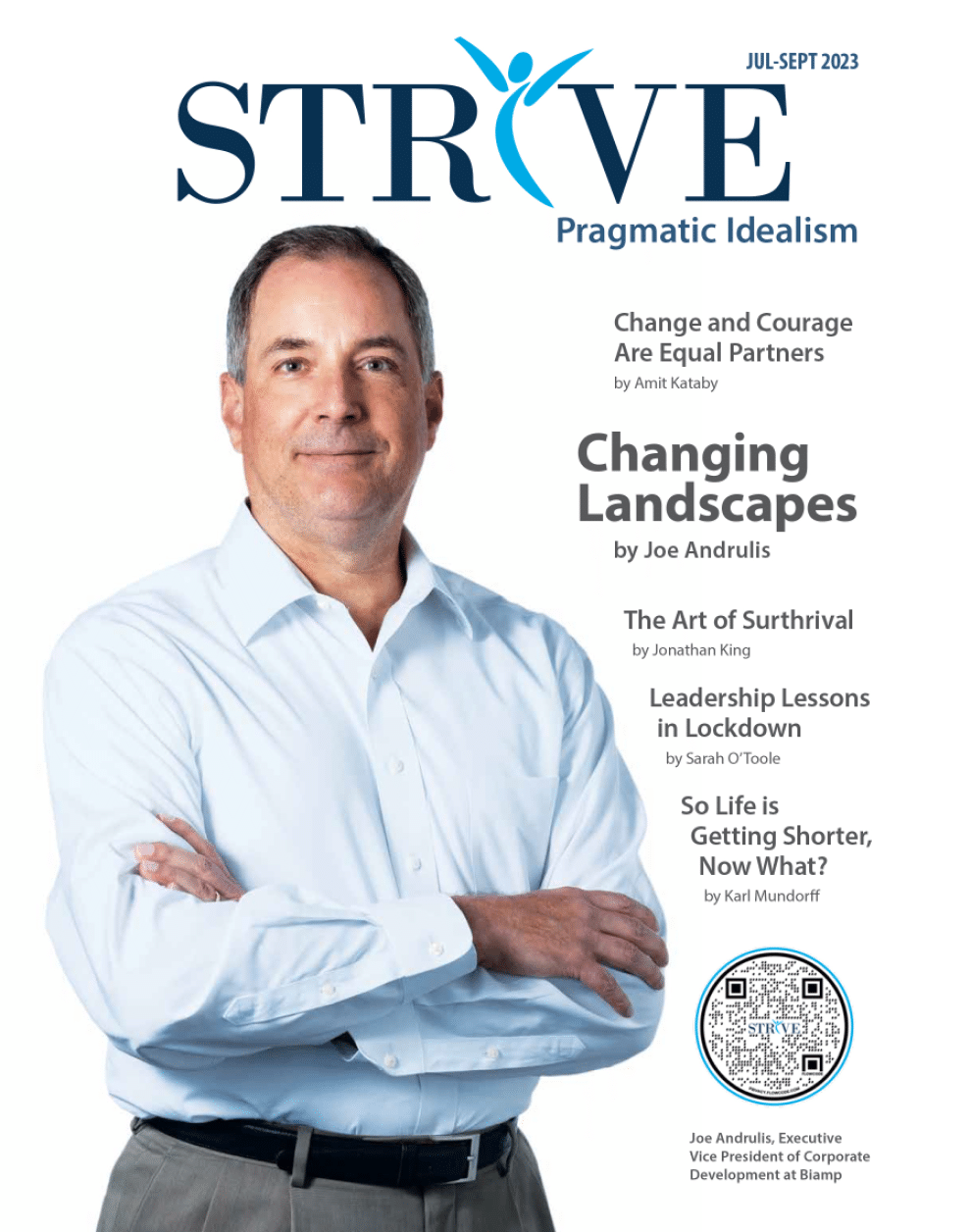 A member of my staff once said, “I work my eight hours so that I can go do what I really want to do.” I responded, “Really, I understand that we work eight-hours a day just to breakeven.” His response was memorable, “That is the most depressing thing I have ever heard.”
A member of my staff once said, “I work my eight hours so that I can go do what I really want to do.” I responded, “Really, I understand that we work eight-hours a day just to breakeven.” His response was memorable, “That is the most depressing thing I have ever heard.”
Work-Life Balance
What is work-life balance? It’s an important question, given the goal it espouses represents nothing less than the gold standard of achievement for the modern worker. The mission demands that an individual not only identify life’s conflicting priorities and place them in the proper order, but that he/she allocate the day’s allotted time accordingly, as well. Work-life balance is, in effect, the modern equivalent of another kind of prize humankind has been pursuing for millennia, Nirvana.
Why is work-life balance so difficult to achieve? Because the phrase sets-up an artificial conflict that is impossible to resolve.
- Work-life balance is a misnomer – It implies that our work, and our life, are two separate things, two competing forces that must be balanced. Thus, staging a struggle between the illusion of poorly defined extremes, life and its antagonist, work.
- Balance is fleeting – Balance requires constant energy and vigilance to maintain. And even if we do manage to sort out our priorities, and allocate the day’s efforts appropriately, our sense of equilibrium is continually buffeted by forces beyond our control. The reality, balance is an ephemeral experience that we only enjoy as we pass between the poles of life’s many competing priorities.
The fact is, the pursuit of work-life balance represents a Rube Goldberg method for achieving personal satisfaction and wellbeing.
Fun-to-Misery Ratio (FMR)
I prefer an approach for measuring life satisfaction that I call the, Fun-to-Misery Ratio. Its principles are straight-forward:
- Life – Regardless of whether you are at work or at home, studying or surfing, vexing or vacationing, it’s all your life and you are in charge.
- Perspective – An activity can only be defined as work if you would rather be doing something else. For some, being at work, is not work at all.
I once heard that we think in generalities, but we live in detail. This is another factor that renders the work-life balance approach ineffective. The pieces, work and life, are too big and too vague to measure effectively.
What we can do effectively is pay attention to the task at hand and ask ourselves this question: Am I enjoying what I am doing at the moment? If the answer is yes, it goes to the fun side of the ledger. If the answer is no; well, you get the idea. At the end of a day, a week, or whatever period you chose, you will have a ratio of your experiences, both positive and negative.
In the interest of transparency, I have never kept an actual score card tallying my results, it’s not my style to track that kind of detail. I just make a mental note of how I am feeling about the task at hand, and then at some point reflect back on the week, month or even experiences throughout the past year, and give the period a ranking. I use a 1-to-10 scale, with anything above 5 being to the positive side of the leger. I am normally in the 6 to 7 range. Throughout the years, I have been as low as a 2 and as high as an 8.
Two additional points to keep in mind:
- The FMR is self-correcting – Too much time spent at the extremes of fun or misery will eventually lead to an overcorrection and drive us to the other end of the scale. A simple example being, a night of excess is usually followed by a day of corresponding misery (AKA: Hangover). Likewise, too much time doing something you do not enjoy will ultimately have consequences, as well.
- Attitude matters – We all know the individual that is always happy. And likewise, we also know the individual that never will be. A person’s fun-to-misery ratio is undoubtedly impacted by their dominate attitude.
The FMR theory described above is the result of a back-of-the-napkin conversation that I had with an engineer friend approximately 30 years ago. Since that time, I have become convinced that we do ourselves a disservice when we attempt to segment our life and our work.
I think we are far better served, and therefore have more fun, if we look for the art in everything we do; yes, even in the mundane. This may sound cliché, but I have come to think of life as a creative process, each moment a small section of canvas, every decision a brushstroke that expresses our intent and our values. It is a visual story, a reflective masterpiece. We don’t think of it this way very often, but it is the accumulation of these moments that reveals the tapestry that we call personal character and ultimately our life’s work.
If your FMR is not to your liking there are only two choices; change what you are doing, or identify the art in what you do. It’s all your life. The details matter.













































